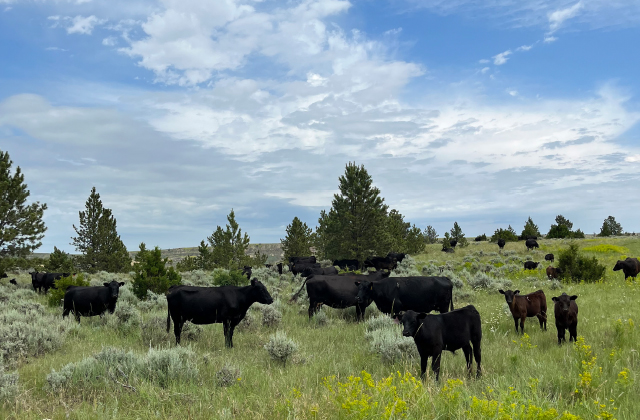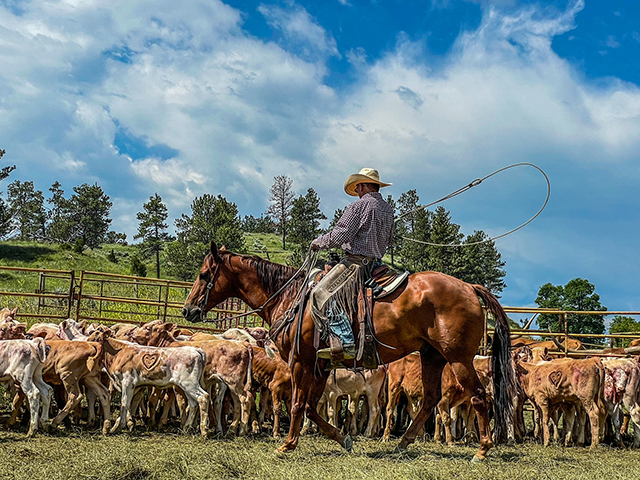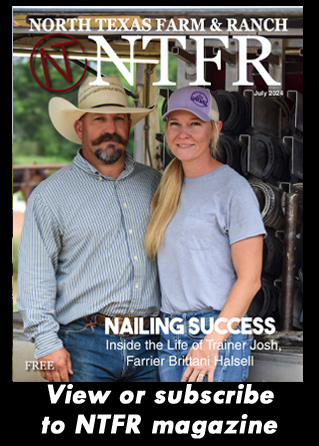Farm & Ranch
5 ways agriculture play in the Superbowl

By Julie Tomascik
Chicken wings. Peanuts. And you can’t forget the pigskins, give or take a few pounds of air. Those can mean only one thing. Super Bowl weekend.
The biggest game of the year is just a few days away.
And while New England Patriots fans pray for good passes from Tom Brady and Seattle Seahawks fans hope Russell Wilson can run the ball, I’m pulling for agriculture.
Wait. That’s not a team.
Agriculture may not get much recognition–if any–but it’s a major player in the game. And Texas agriculture is part of that role, even if the game isn’t in Texas this year.
So how exactly is agriculture involved?
Footballs. They’re made from leather. And Texas leads the nation in cattle numbers with nearly 11 million head.
Peanuts. The Lone Star State grows more than 423 million pounds of this popular snack. That’s a lot of nuts!
Land. A football field, including the end zones, takes up a pretty big chunk of land. About 1.3 acres. To compare, Texas is home to more than 130 million acres of farmland. That’s about 100 million football fields.
Chicken wings. Super Bowl weekend is unquestionably the biggest time of year for wings. Texas grows more than 100 million chickens each year, ranking sixth in the nation.
Cotton. Texas is a major cotton state. And 3.5 million bales of cotton were produced in 2011. Need a Super Bowl XLIX championship shirt? They’re made from cotton!
And maybe agriculture will make it in another commercial this year, too.
So, while I’ll be enjoying my fair share of wings, picking my favorite commercial and cheering loudly, I’ll also be rooting for agriculture.
What are your plans for the big game?
Farm & Ranch
Ag Elsewhere: Wyoming

By Tressa Lawrence
Ranchers across northeast Wyoming and the surrounding areas saw record moisture levels in 2023. The year 2024 has seen significantly less moisture to date.
Farm & Ranch
Ag Elsewhere: Montana

By Lindsey Monk
People are finishing up brandings. Here, Danny Walter is shown getting it done.
Farm & Ranch
Animal Disease Traceability

By Barry Whitworth, DVM
On July 6, 2020, the United States Department of Agriculture Animal and Plant Health Inspection Service (APHIS) posted in the Federal Register a proposal that radio frequency identification tags be used as official identification for cattle and bison. Following a period for public comment, the USDA APHIS released a statement on April 24, 2024, with the amended animal disease traceability (ADT) regulation for cattle and bison. The full press release may be found at https://www.aphis.usda.gov/news/agency-announcements/aphis-bolsters-animal-disease-traceability-united-states. Under the new rule, cattle and bison will need to be identified with tags that are both visual and electronic.
The USDA defines ADT as knowing where diseased and at-risk animals are, where they have been, and when the animal disease event took place. A system that allows for efficient traceability of livestock in the United States is essential for animal health and reducing the economic effect of a foreign animal disease outbreak and other diseases on livestock producers as well as others whose well-being depends on livestock production.
To read more, pick up a copy of the July issue of NTFR magazine. To subscribe by mail, call 940-872-5922.
-

 Country Lifestyles1 year ago
Country Lifestyles1 year agoScott & Stacey Schumacher: A Growth Mindset
-

 Country Lifestyles7 years ago
Country Lifestyles7 years agoStyle Your Profile – What your style cowboy hat says about you and new trends in 2017
-

 Equine10 months ago
Equine10 months agoThe Will to Win
-

 HOME7 years ago
HOME7 years agoGrazing North Texas – Wilman Lovegrass
-

 Country Lifestyles4 years ago
Country Lifestyles4 years agoAmber Crawford, Breakaway Roper
-

 Outdoor9 years ago
Outdoor9 years agoButtercup or Primrose?
-

 Country Lifestyles8 years ago
Country Lifestyles8 years agoDecember 2016 Profile, Rusty Riddle – The Riddle Way
-

 Country Lifestyles8 years ago
Country Lifestyles8 years agoJune 2016 Profile – The man behind the mic: Bob Tallman






